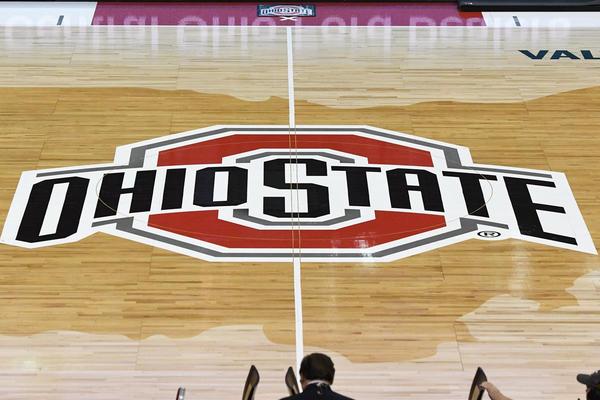Ohio State leads in total NIL compensation, number of inked athletes

The GIST: Nearly one year into the name, image and likeness (NIL) era, Ohio State University (OSU) has claimed the sponsorship crown. Buckeye student athletes lead the way in both total NIL compensation — at nearly $3.5 million — and in the number of athletes who have inked contracts, with more than 1,000 deals disclosed. The kids are alright.
The details: While football leads the way with 27.4% of OSU’s reported NIL deals, women’s volleyball digs out second place with 8.6% of partnerships, and four other women’s teams — swimming and diving, gymnastics, softball and rowing — claim spots in the school’s top 10 NIL-inking sports.
- Amidst traditional sponsorships that dominate the NIL landscape, the Scarlet and Grey women have been tapping into their creativity and personal-marketing skills to grab their piece of the NIL pie.
- From developing a volleyball training series to building exclusive digital fan clubs, OSU women aren’t just signing deals — they’re designing them.
Secrets to success: Buckeye athletes aren’t doing it alone. The university has been instrumental in building a framework to make partnerships easy to ink for both athletes and brands. OSU offers a dedicated website, in-house advisory team and NIL coordinators for each sports team.
- Outside the institution, there are two NIL collectives focused on current and prospective OSU student athletes: The Foundation and Cohesion Foundation.
- Perhaps most importantly, last year, OSU officials worked directly with the governor on the state’s NIL bill, which does not specifically prohibit schools from facilitating deals — allowing Ohio schools and athletes to toe the NCAA’s no-pay-to-play line.
It’s all about location: OSU isn’t the only school with NIL collectives or in-house staff, but it operates in a state with one of the country’s most liberal NIL laws — which, as this year’s numbers have proven, is fertile ground for significant NIL dollars.
- Given the impact of NIL compensation on both recruiting and retaining top student athletes, it’s worth asking — should brands and broadcast rights holders target athletes and schools based on location?
Enjoying this article? Want more?

Sign up for The GIST and receive the latest women's sports business news straight to your inbox three times a week

